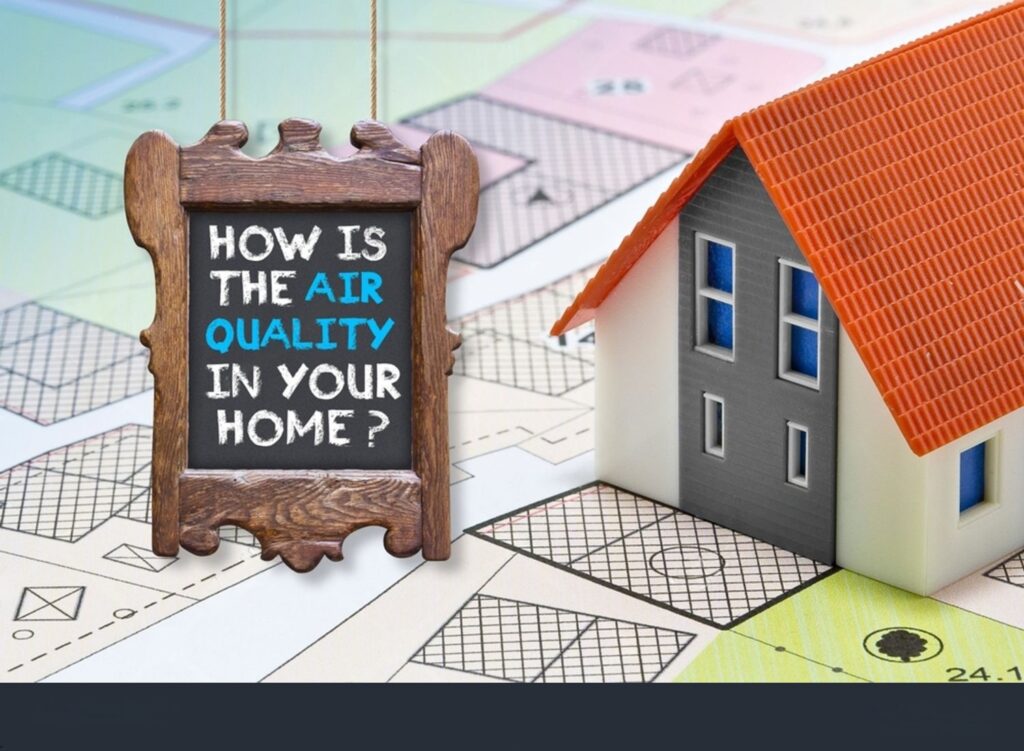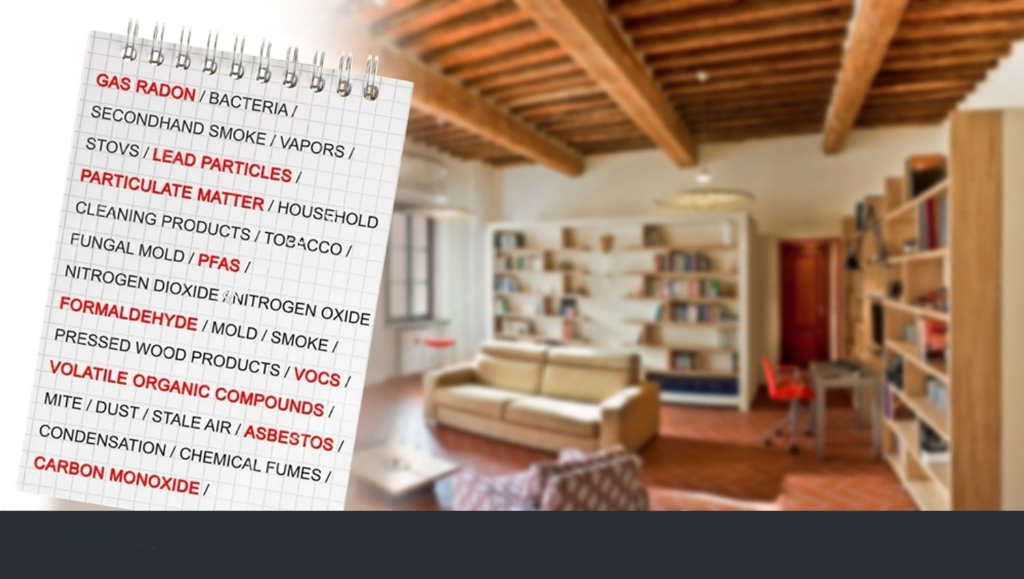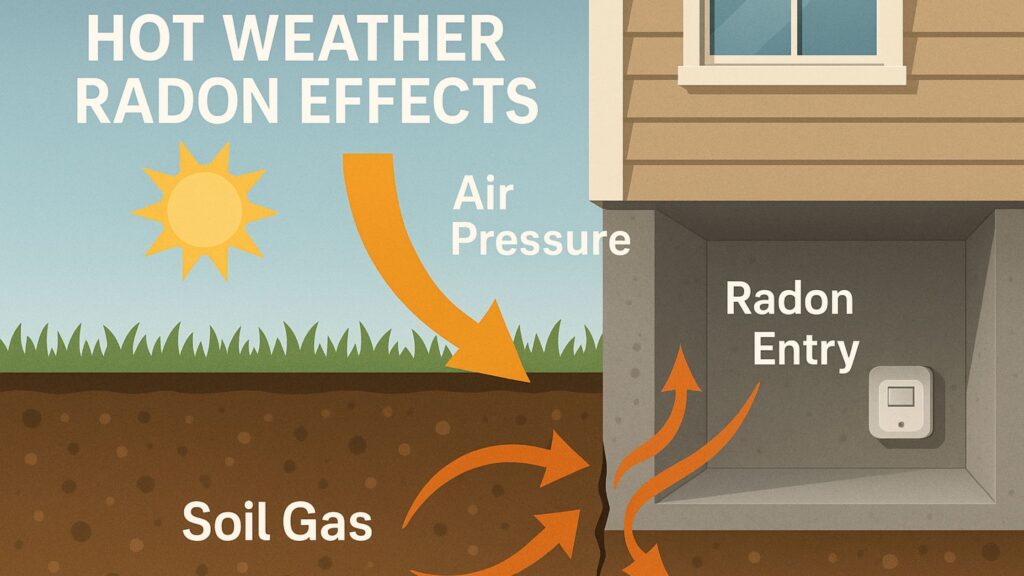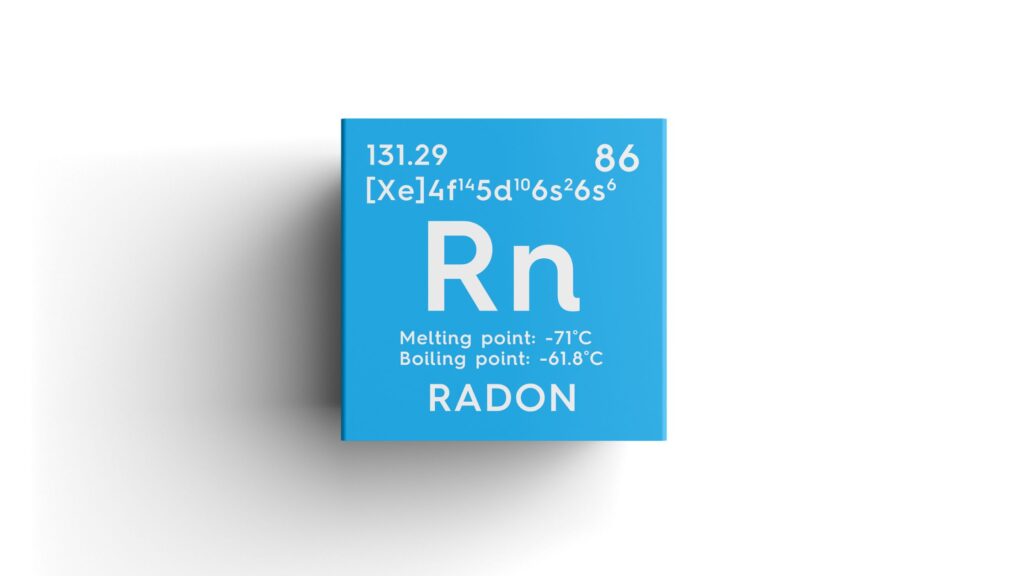Ensuring home safety requires understanding residential radon testing thoroughly because radon exposure poses serious health risks. This article explores effective testing methods, preparation steps, interpretation of results, and choosing professional services. Consequently, homeowners can make informed decisions. It also highlights how DSM Radon delivers expert testing and mitigation tailored to Des Moines-area residences.

Table of Contents
- What Is Residential Radon Testing and Why Does It Matter?
- Methods for Residential Radon Testing
- Preparing Your Home for Testing
- Understanding Test Results
- Follow-Up: Mitigation and Retesting
- The Importance of Retesting After Home Modifications
- Choose DSM Radon for Professional Services
- Tips for Homeowners and Summary
- Conclusion
What Is Residential Radon Testing and Why Does It Matter?
Residential radon testing detects radon gas levels inside your home by measuring the amount of decay products present in the indoor air. It involves placing specialized detectors or monitors in living spaces to gather data over time. These instruments either passively collect air samples or actively monitor in real time. Eventually, testing yields data that guides mitigation decisions.
Radon is an odorless, colorless gas that forms naturally in soil and rock, and when it seeps into enclosed spaces, it accumulates and increases lung cancer risk. Indeed, the EPA labels radon as the second leading cause of lung cancer after smoking. Because levels can vary even between neighboring homes, only actual residential radon testing ensures an accurate assessment.
Moreover, radon levels fluctuate seasonally, so a reliable test provides actionable insight. Therefore, every homeowner should test, especially before real estate transactions or after renovations. Learn more about radon testing here.
Methods for Residential Radon Testing
Professional providers like DSM Radon offer several testing options:
- Short-term charcoal canisters: Remain in place for 2–7 days, then are sent to a lab.
- Long-term alpha-track or continuous radon monitors: Capture data for 90 days or more to reflect seasonal trends.
- Digital continuous monitors: Provide on-site readings in real time.
All these methods evaluate indoor levels against the EPA’s action threshold of 4.0 pCi/L. DSM Radon uses certified devices and follows standardized protocols to ensure precise readings.

Preparing Your Home for Testing
To ensure accurate residential radon testing, follow these steps:
- Seal windows and doors and maintain closed-house conditions during sampling.
- Avoid running HVAC systems, fans, or open exhaust appliances.
- Place testing devices at breathing height in frequently used areas like living rooms and bedrooms.
- Keep items at least 12 inches away from the test device.
DSM Radon technicians guide homeowners through these preparations before testing begins, making the process seamless and reliable.
Understanding Test Results
After testing is complete, experts review the results. If levels exceed 4.0 pCi/L, mitigation becomes necessary. Should test results fall between 2.0 and 4.0 pCi/L, retesting or mitigation may still be prudent. DSM Radon provides a detailed report explaining the measured levels, recommended actions, and health implications. They reference current EPA standards and support homeowners with clear guidance.
Follow-Up: Mitigation and Retesting
When elevated levels appear, DSM Radon offers mitigation solutions such as sub-slab depressurization systems. These systems vent radon gas safely above the roofline, reducing indoor concentrations.
They also seal foundation cracks and improve ventilation to limit gas entry. After installation, DSM Radon conducts follow-up retesting to confirm that the system is performing effectively. The EPA recommends retesting every two years.
The Importance of Retesting After Home Modifications
Even after you complete residential radon testing, certain changes in your home may alter radon levels. For example, finishing a basement, upgrading your HVAC system, or modifying ventilation can unintentionally affect air pressure and increase radon accumulation. Because radon enters through cracks, sump pits, or porous concrete, any structural change may open new entry points or change airflow.
Therefore, experts strongly recommend retesting your home after major renovations. This follow-up testing ensures that your home continues to meet safe indoor air standards. DSM Radon advises retesting at least every two years, or sooner if you’ve altered the building envelope. Additionally, new homeowners should test radon levels immediately upon moving in, regardless of previous reports.
By staying proactive with retesting, you maintain control over your family’s long-term health and safety. Ongoing vigilance, combined with trusted service providers, leads to safer living conditions and peace of mind.
Choose DSM Radon for Professional Services
DSM Radon specializes in both residential radon testing and mitigation across Des Moines, Ankeny, Johnston, Urbandale, Waukee, West Des Moines, and surrounding areas. Their certified technicians perform precise testing using advanced equipment, all at competitive pricing. Moreover, they provide education during the process and follow strict quality standards. Clients receive tailored mitigation designs and long-term support. Their local expertise and proven results make them a trusted regional provider.
Tips for Homeowners and Summary
- Test all levels of your home, especially the lowest occupied level.
- Perform short-term tests in winter, when radon levels often peak.
- Retest every two years or after major renovations.
- Use licensed professionals who adhere to EPA and state guidelines.
- Maintain radon mitigation systems with routine checks and fan maintenance.
In summary, residential radon testing remains the only reliable way to detect indoor radon risk. With smart preparation, professional testing, and follow-up mitigation when needed, homeowners can protect both their health and property value. Choosing a local expert ensures accurate testing and durable solutions. DSM Radon’s reliable service offers peace of mind through transparent reporting, risk assessment, and mitigation strategy.

Conclusion
If you need accurate, certified, and localized residential radon testing services and mitigation solutions, DSM Radon serves the Des Moines metro area with comprehensive testing, mitigation design, waterborne radon treatment, and ongoing monitoring to help safeguard your home and family’s health.




